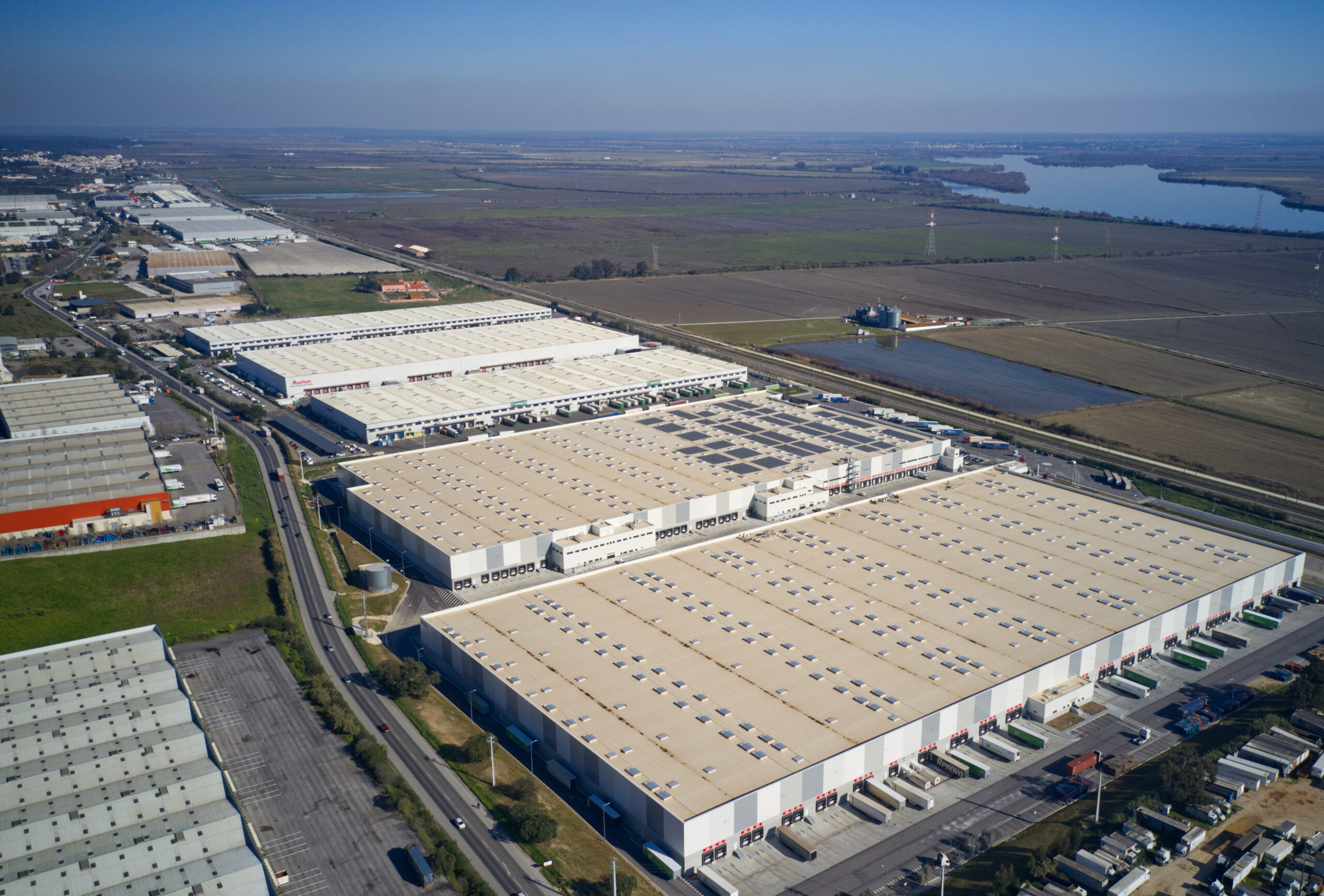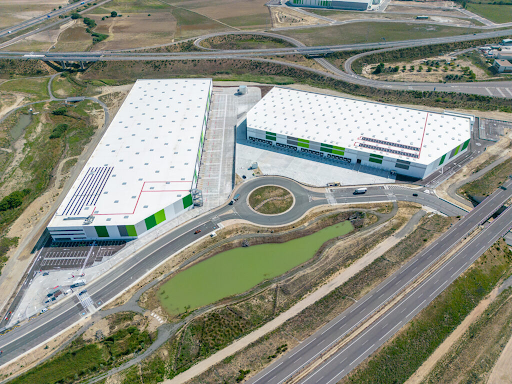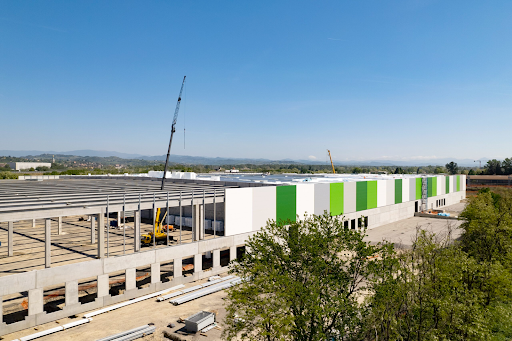Intermodality and Transport Connections in Logistics Parks

In the modern logistics age, logistics parks must be managed efficiently to guarantee a constant flow of goods and products throughout the world. Intermodality and transport connections play a crucial role in this process. In this article, we will explore how to optimise intermodality in logistics parks, the impact of technology and digitalisation on management processes and the importance of energy efficiency for the supply chain.


Optimisation of Intermodality in Logistics Parks
Intermodality refers to the capacity to use different modes of transport efficiently to transfer products from their place of origin to their final destination. This optimisation is essential to reduce costs and delivery times. The combination of land, rail and sea transport can make the supply chain significantly more agile.
To achieve effective intermodality, a suitable infrastructure must be set up. This includes intermodal cargo terminals, storage facilities and advanced transport management systems. Logistics parks must be strategically located close to ports, airports and principal road networks to facilitate the transition between different modes of transport.
Collaboration between different transport operators also plays a key role in the optimisation of intermodality systems to coordinate the movement of goods, minimise wait times and reduce transport costs.


Technology and Digitalisation in the Management of Logistics Parks
Technology has revolutionised the way logistics parks are managed. Automated processes such as real-time inventory tracking and online order management have improved operational efficiency. This not only speeds up product handling but also reduces human error.
The use of big data and predictive analysis enables managers to make more informed decisions. Real-time data collection and analysis can help predict demand, optimise delivery routes, and reduce storage costs.
Efficiency in Logistics Parks
Energy efficiency is another area where significant progress is being made. The optimisation of lighting, heating and cooling systems, as well as the adoption of renewable energy sources, contribute to reducing operating costs and minimising environmental impact.
Logistics parks are currently designed and built in accordance with high energy efficiency standards, which demonstrates their commitment to the environment. Sustainability certifications can be a differentiating factor to help logistics operators who want to comply with their ESG and CSR policies choose a logistics park.
A clear example of this is the BREEAM Excellent certification of the M09 warehouses at the Illescas Green Logistics Park project and the future development of a Dry Port that will serve as a strategic point for regional, national and continental distribution.
In summary, intermodality and transport connections play a major role in the management of logistics parks. Therefore, logistics operators must optimise intermodality, incorporate technology and promote sustainability to ensure an efficient and sustainable supply chain. As the world of logistics continues to evolve, logistics parks must adapt to these trends to remain competitive and environmentally friendly.










